Why start now?
Three solid reasons to give Pilates a prime spot in your training week
Core power
A strong core reduces back pain and boosts your deadlift, golf swing and even your desk posture.
Injury-free
Pilates trains the deeper stabilising muscles — exactly those you skip during traditional strength training and that prevent injuries.
Focus + calm
By combining controlled breathing with mindful movement you link effort to relaxation; stress levels drop, concentration rises.
Pilates initially feels like shifting into an unfamiliar gear.
The turning point
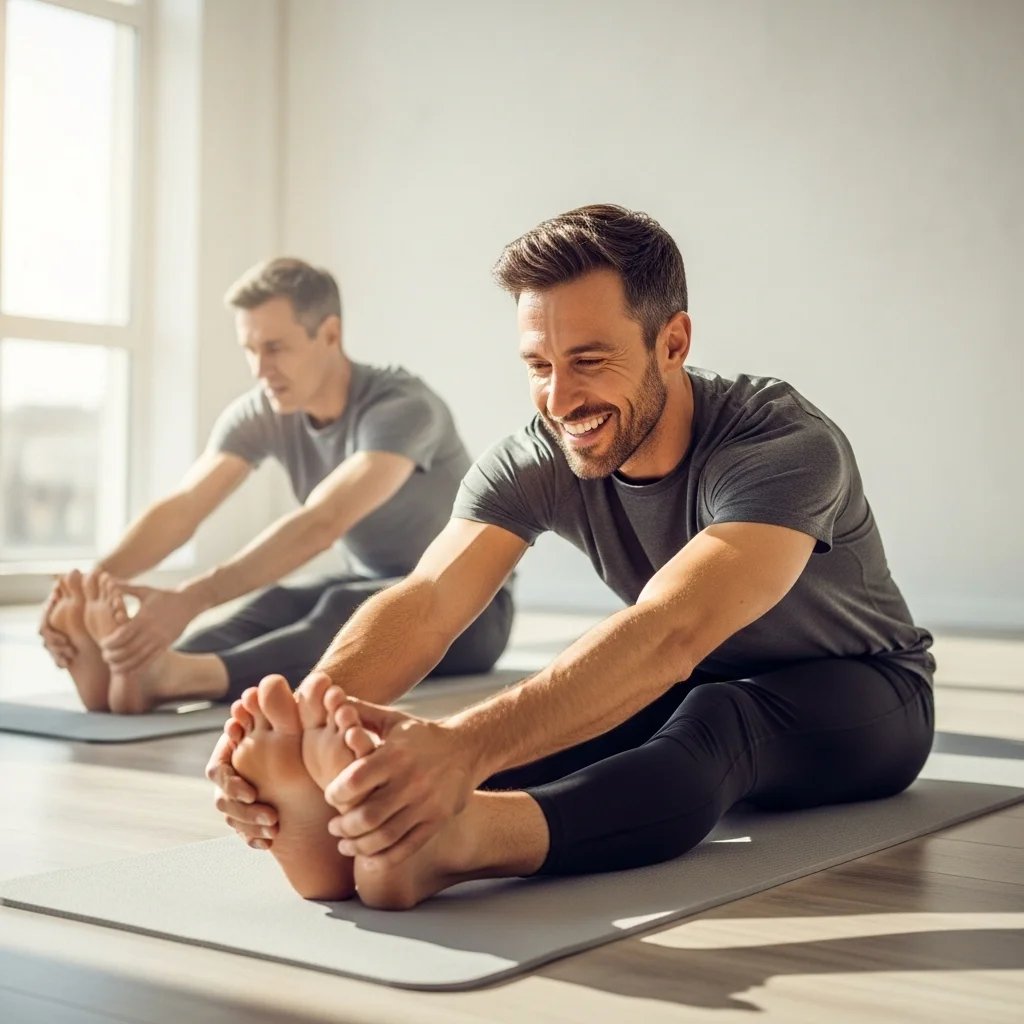
What strikes me is that after four or five sessions men suddenly notice that their tight hamstrings have gone and they can squat deeper without nagging knees. That moment — you literally hear "hey, this really works" in the studio — is priceless.
Functional strength beats pumped-up show muscles
Moving smoothly means fewer recovery days
You learn to control your breathing under pressure, even off the mat
Your roadmap to progress.
Follow these practical steps for maximum gain.
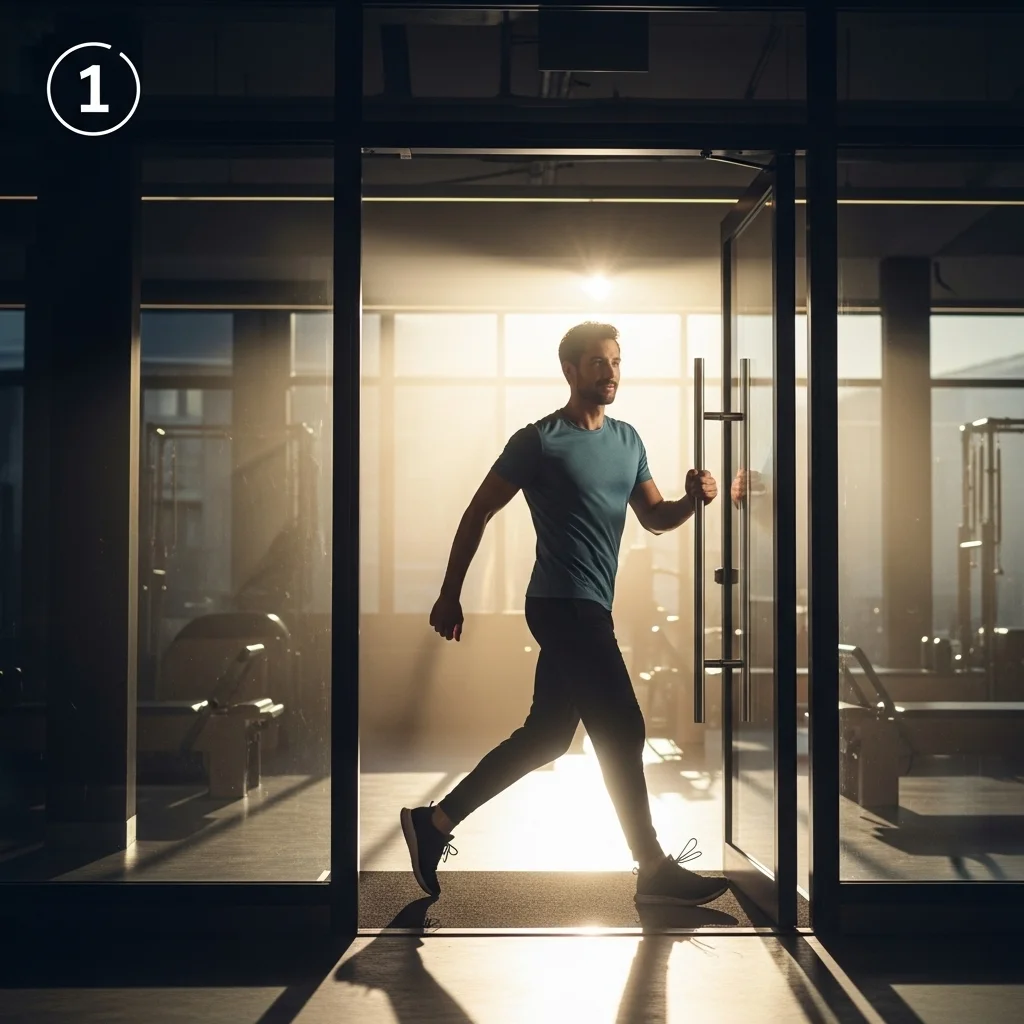
Step 1: Dare to start.
You do not need to be flexible first to become flexible. Just wear sports kit, nothing more.
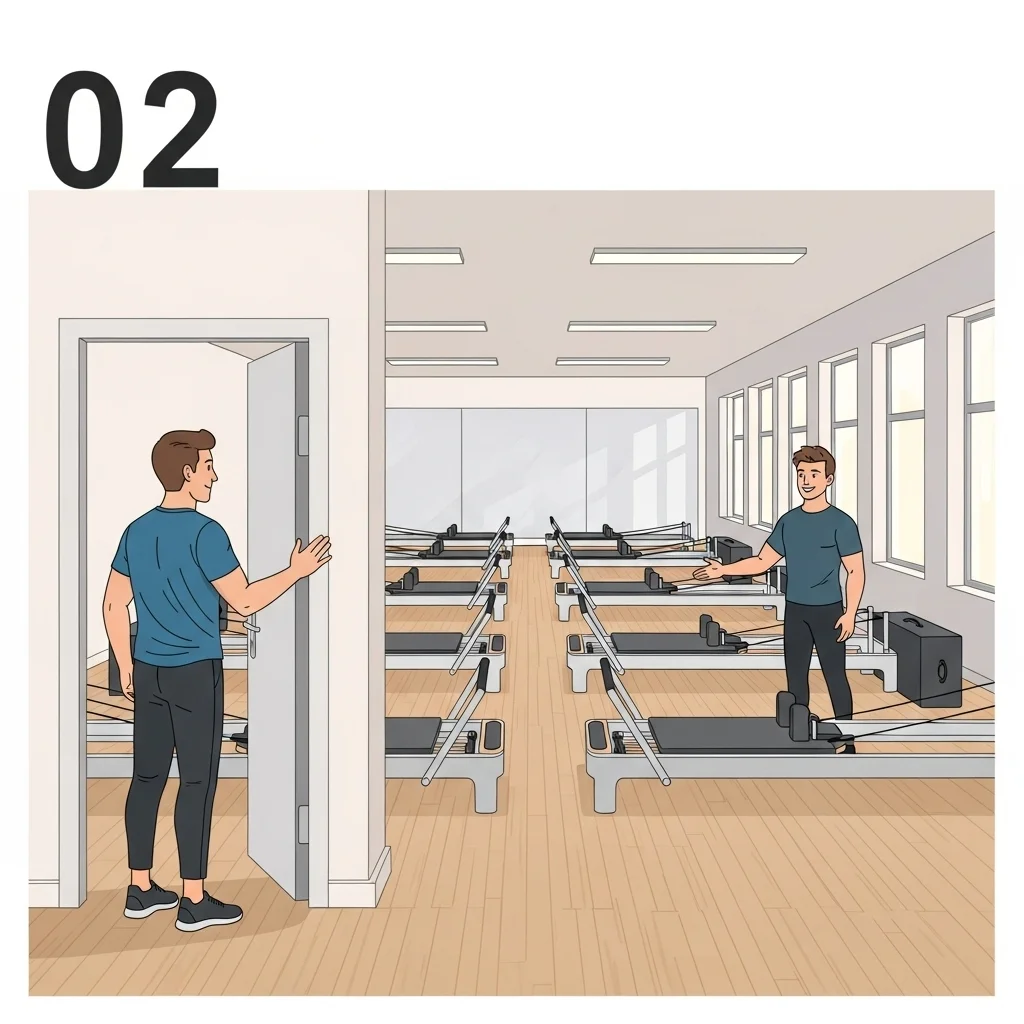
Step 2: Choose the right studio.
Look for small groups (max eight), certified instructors and an environment without mirror culture. In a men’s studio humour is welcome, ego battles are not.
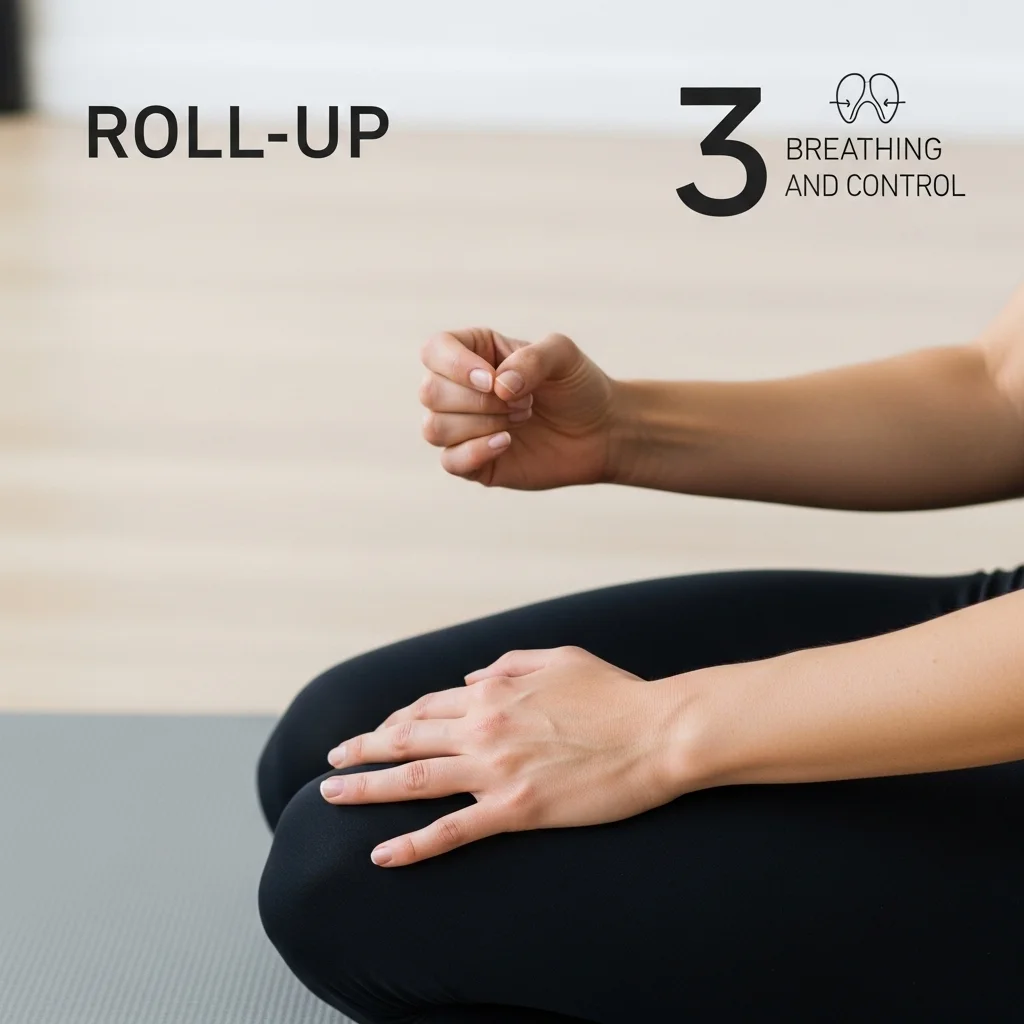
Step 3: Master the basics.
Learn the six principles — breathing, concentration, centre, control, precision, flow. Without this foundation it becomes a mess.
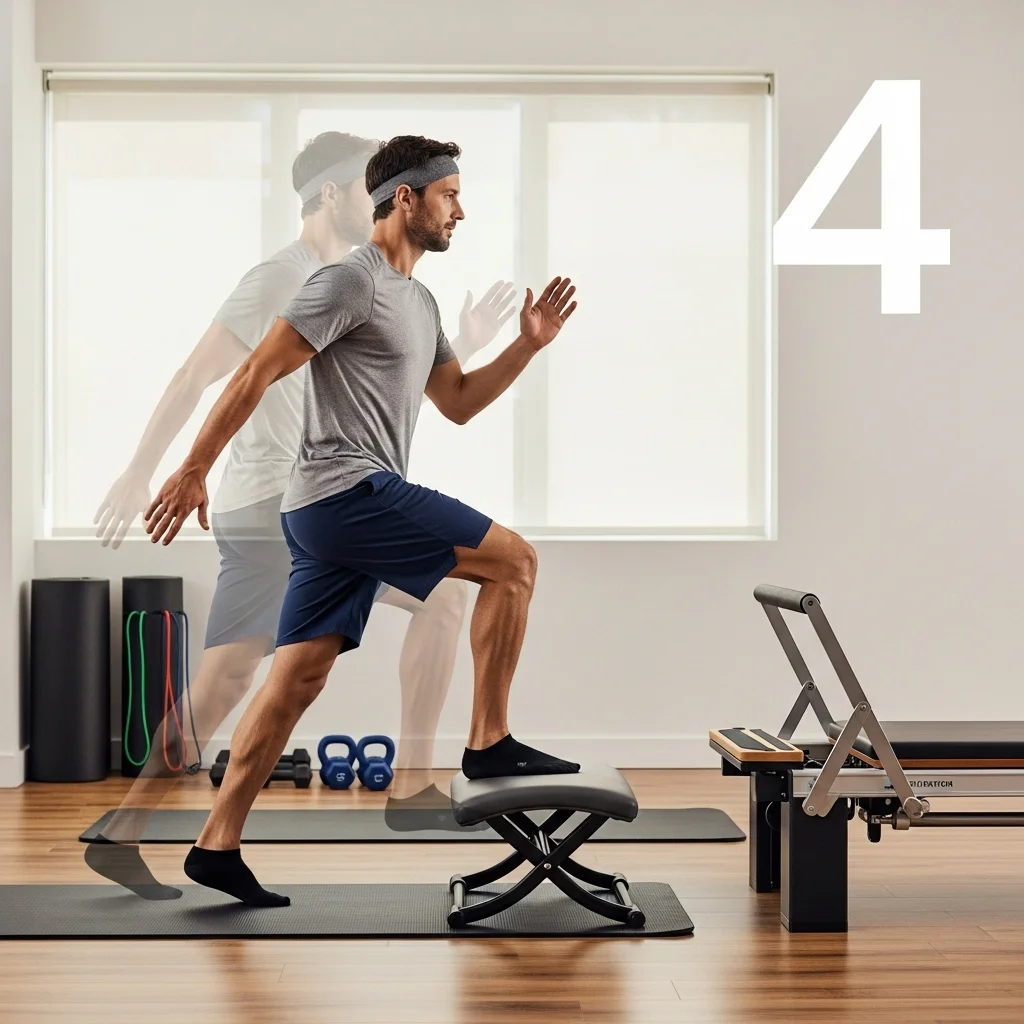
Step 4: Build in progression.
After three weeks on the mat? Switch to the Reformer or add a Jump-board session for a cardio stimulus. Variety keeps it fresh.
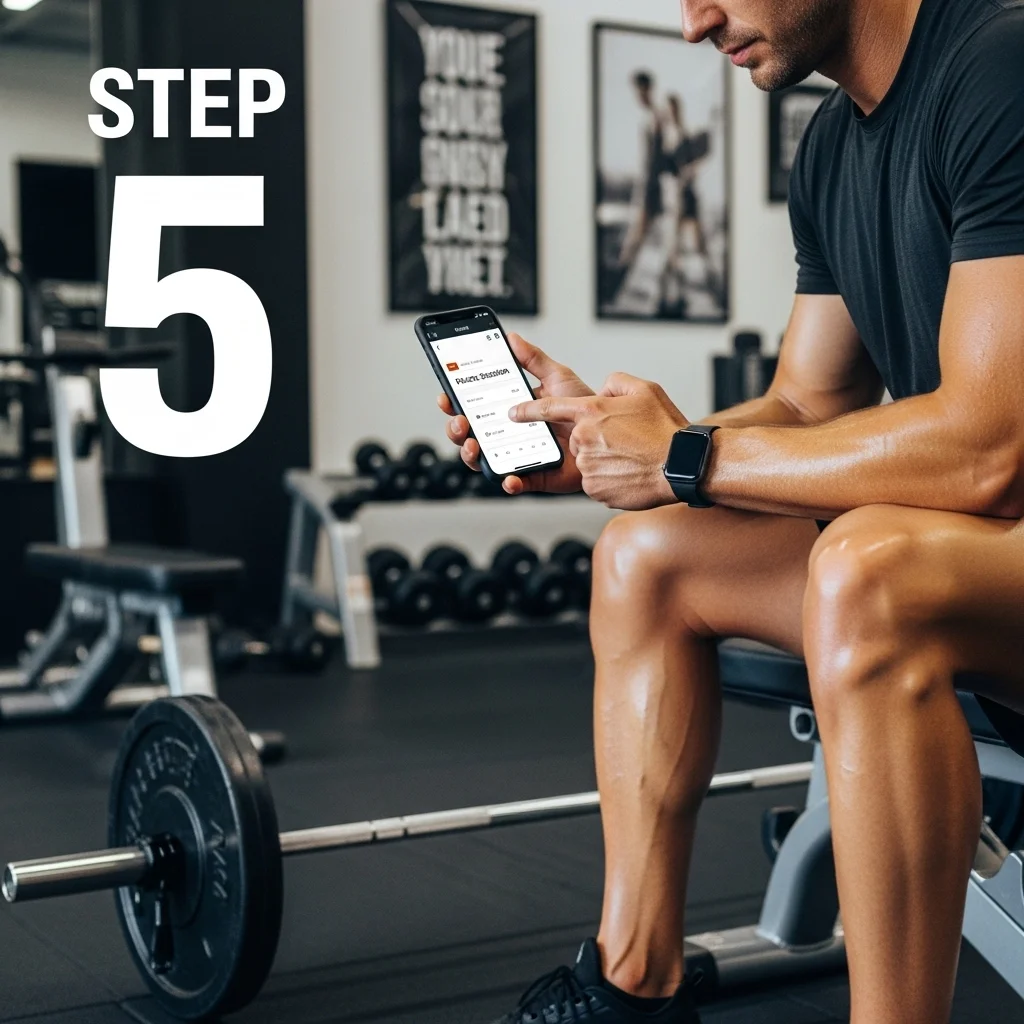
Step 5: Integrate with your other training.
Schedule Pilates on active recovery days. You will notice your bench press feels smoother because shoulder mobility ↑.
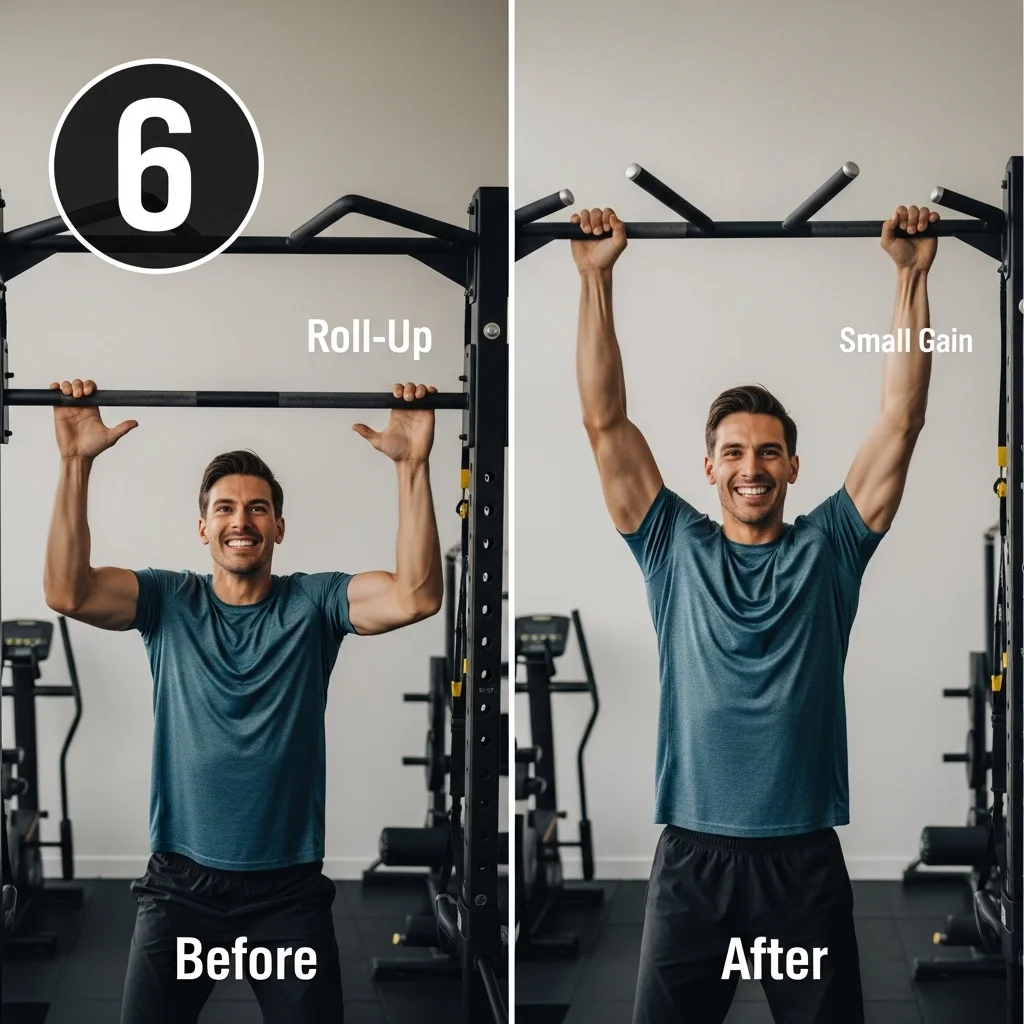
Step 6: Measure, celebrate, repeat.
Take photos or note how far you get in the Roll-Up. Small gains, big motivation.
Myth debunked: "Pilates is too soft"
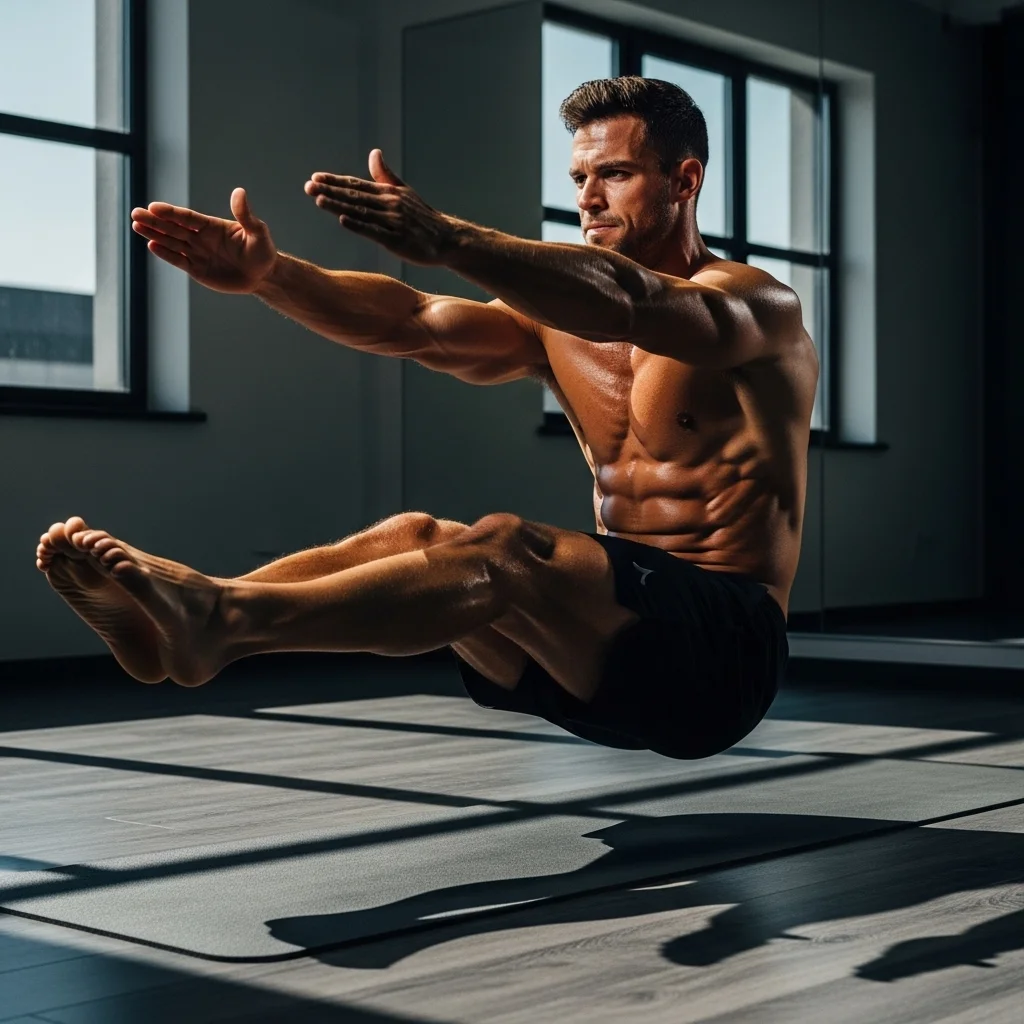
From rehabilitation to elite sport, a short history
Pilates was developed a hundred years ago by Joseph Pilates to rehabilitate soldiers. Today, top athletes such as Cristiano Ronaldo and Lewis Hamilton use the same principles for core stability. Interesting, right?
How intense is it really?
Exercises like Teaser or Snake demand more control than a clean and jerk.
On a Reformer set you work with spring resistance up to 50 kilos — you will feel the burn.
Who is it for?
Essentially everyone, but men who sit a lot or do heavy lifting notice the biggest gains.
Practical toolkit for male beginners
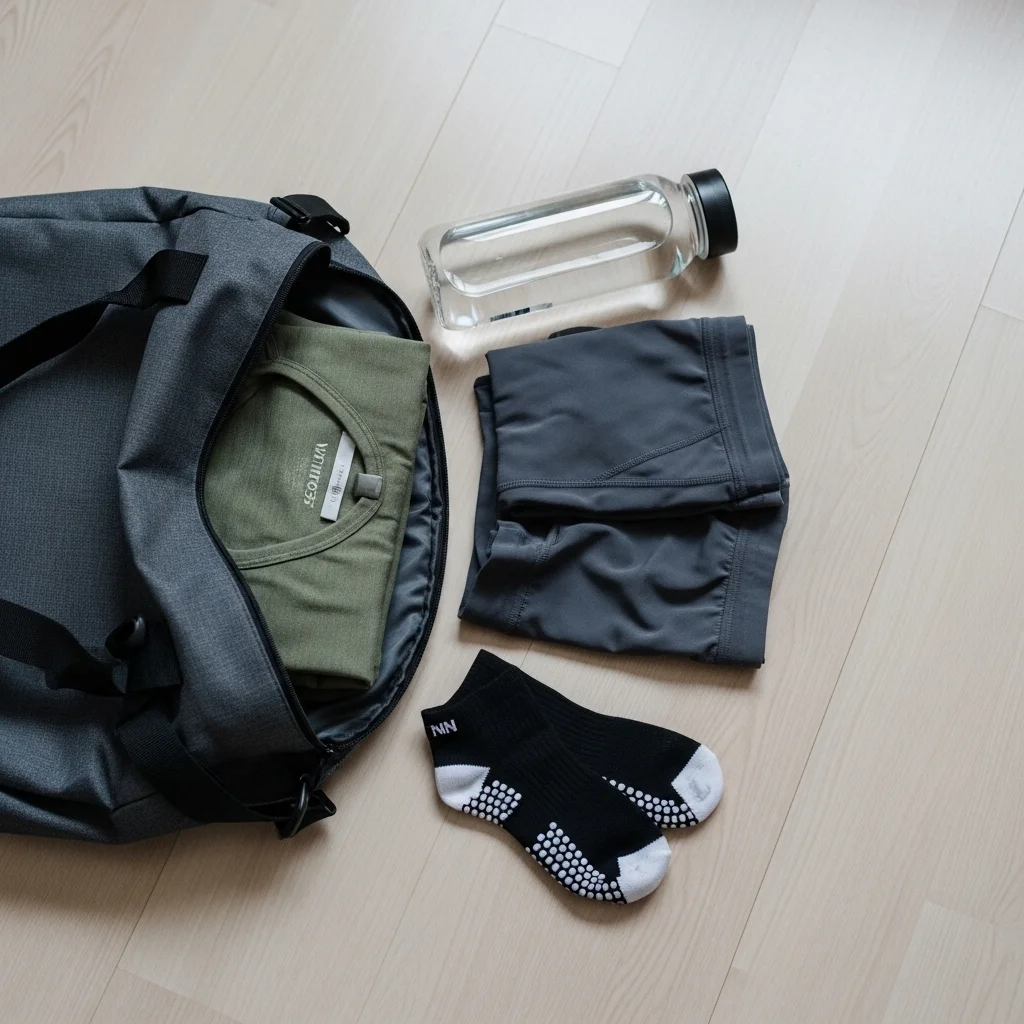
What to bring, how to train smart
Gear checklist
Breathable T-shirt (cotton chafes, opt for bamboo or recycled poly)
Shorts with stretch but without wide legs — nobody wants wardrobe malfunctions 😉
Grip socks: no slipping during the Hundred
Session planning
Mon: Strength (gym)
Tue: Pilates mobility focus
Thu: Interval run
Fri: Pilates Reformer + stretching
Sat/Sun: Rest or light cardio
Nutrition & recovery
Many men underestimate the role of nutrition in flexibility. Collagen-rich broth and adequate magnesium speed up muscle recovery — speaking from experience.
Critical view: pitfalls of a men’s studio
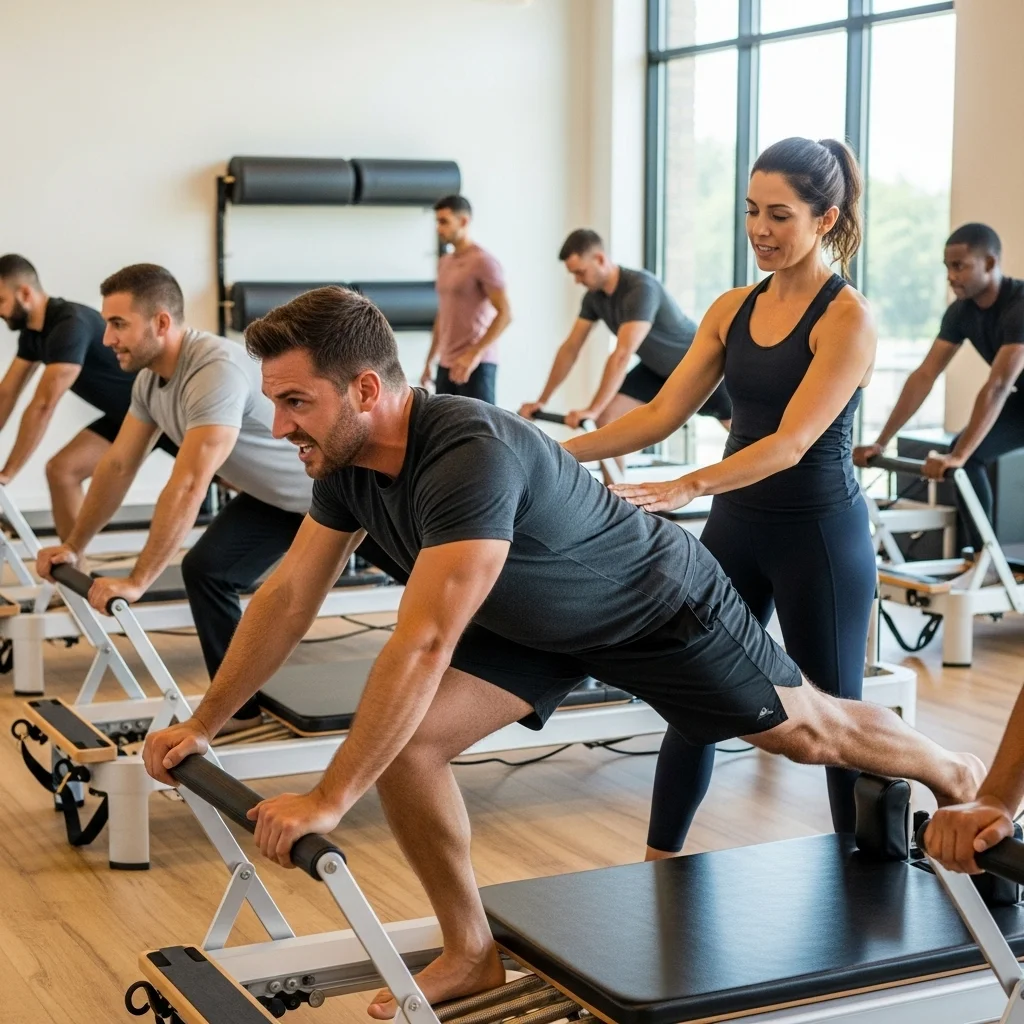
Testosterone can break the flow
Too competitive?
If everyone tries to outdo each other, precision is traded for speed. Result: poorer technique and still injuries.
Too many gadgets
Reformer, Chair, Cadillac — fantastic. But excess is harmful. Put technique before tools.
Too little coaching
An instructor who only shouts "keep going!" misses the nuance of explaining scapula stabilisation. Choose quality over marketing.


Ready to beat that stiff board?
Pilates is no quick fix, but it is the missing link between brute strength and sustainable fitness. Want to spar about the best approach or simply join a session in our male-friendly studio? Send us a message — we are happy to help.
Do I need to be flexible before I start Pilates? 🤔
Absolutely not. Pilates helps you become flexible. You start where you are; the exercises are scalable.
Will I lose muscle mass if I lift less and do more Pilates? 💪
No. You maintain (and improve) functional strength. Many lifters even find their squat becomes deeper and more stable.
How many times a week is ideal?
Twice is a good start. Consistency beats intensity. Three times is possible, but plan recovery days.
Is mat Pilates enough or do I need equipment? 🧰
Mat work provides a solid foundation. Equipment such as the Reformer adds variety and progressive resistance — great after a few months.
Can Pilates help with lower back pain?
Definitely. Strengthening the deep core muscles reduces pressure on the spine. Many men report less pain after six weeks.
How quickly will I see results? ⏱️
Joseph Pilates himself said, "In 10 sessions you will feel it, in 20 you will see it, in 30 you will have a new body." In practice, you often notice a difference within four weeks.
Are the classes too feminine in vibe? 🙄
That depends on the studio. A male-oriented setting uses down-to-earth language, solid music and no airy-fairy stuff — unless that is exactly what you want.
What does it cost on average? 💸
Rates vary by region and package. Focus on instruction quality first; see it as an investment in living injury-free.
Pilates or yoga — which should I choose?
Yoga puts more emphasis on static poses and spirituality. Pilates is deliberately aimed at core strength and controlled movement. Combining both works perfectly.








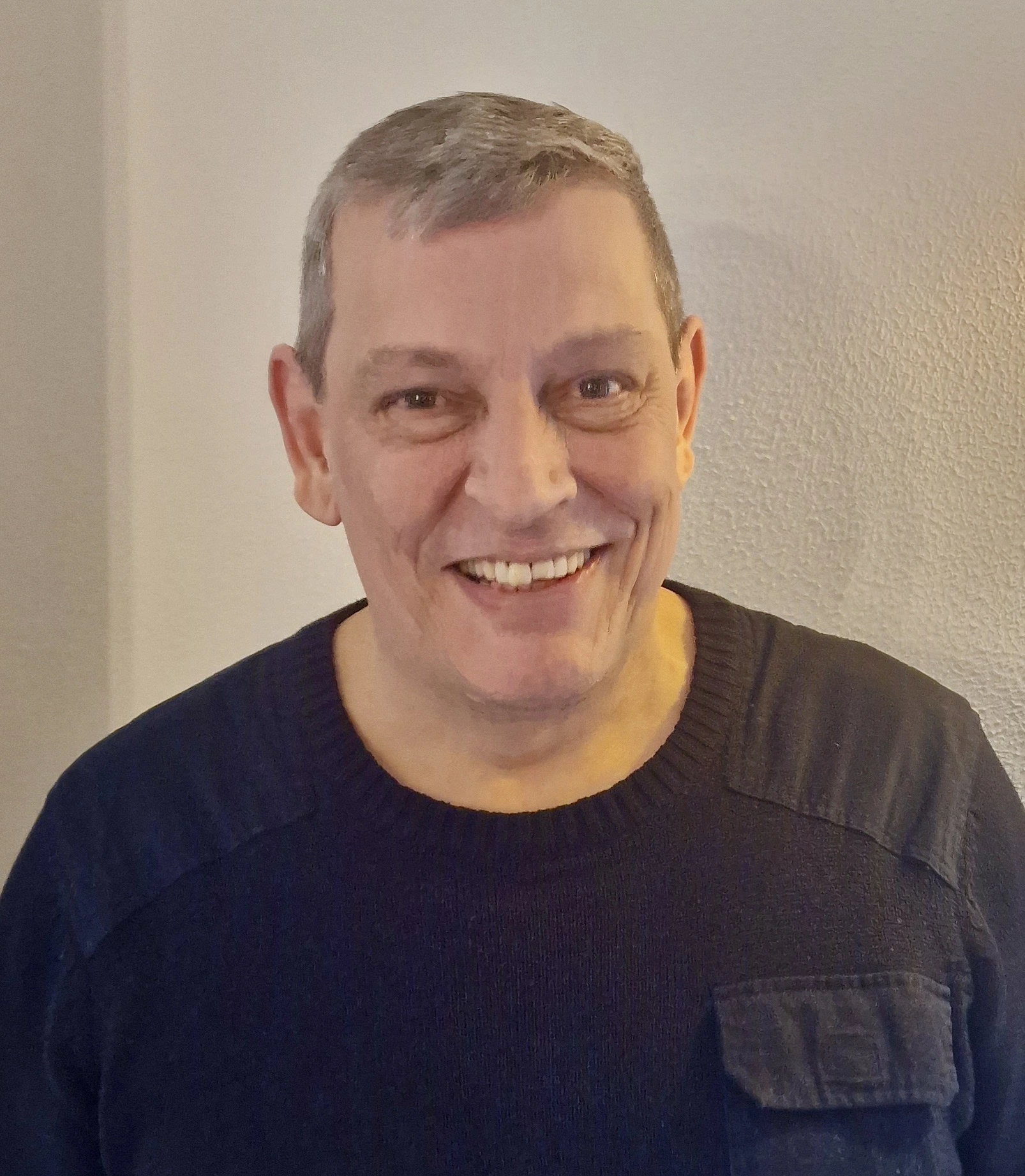

.webp)
